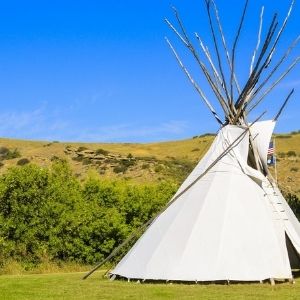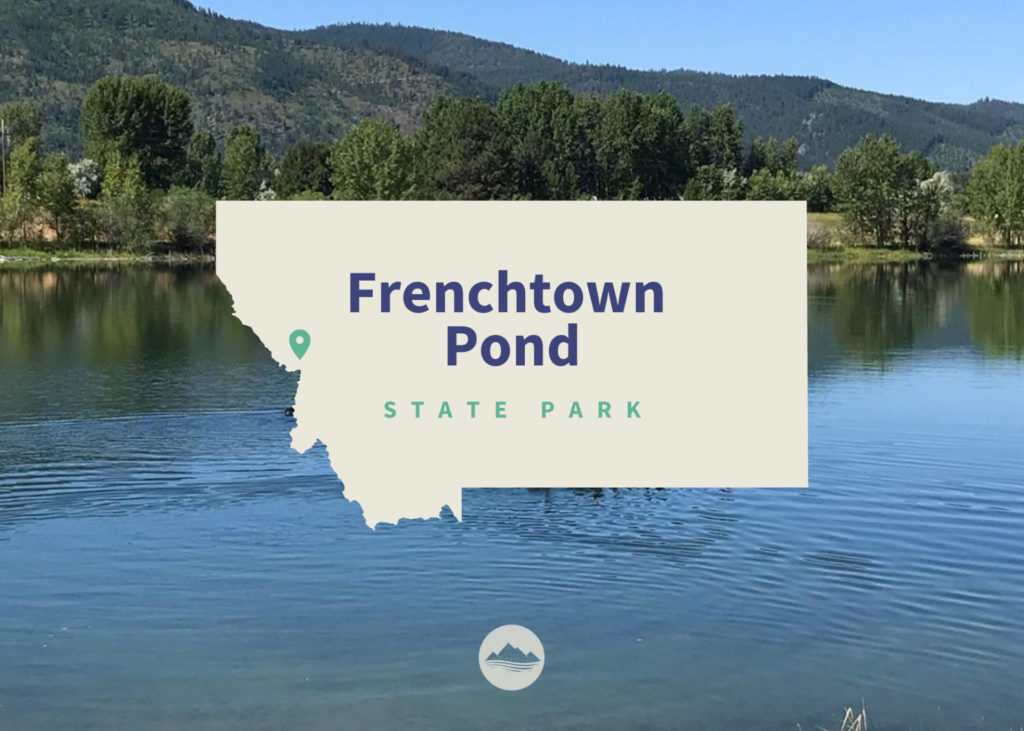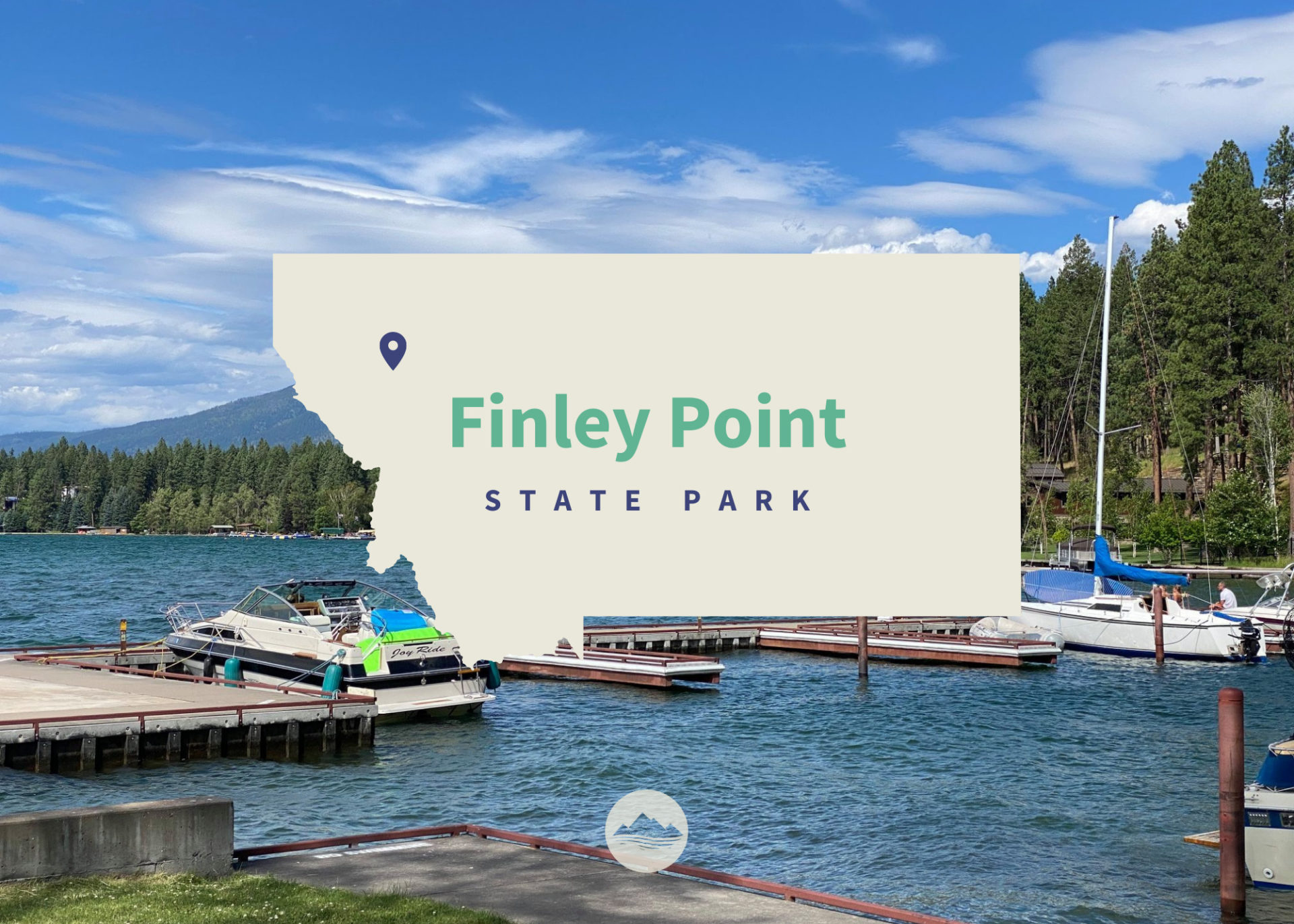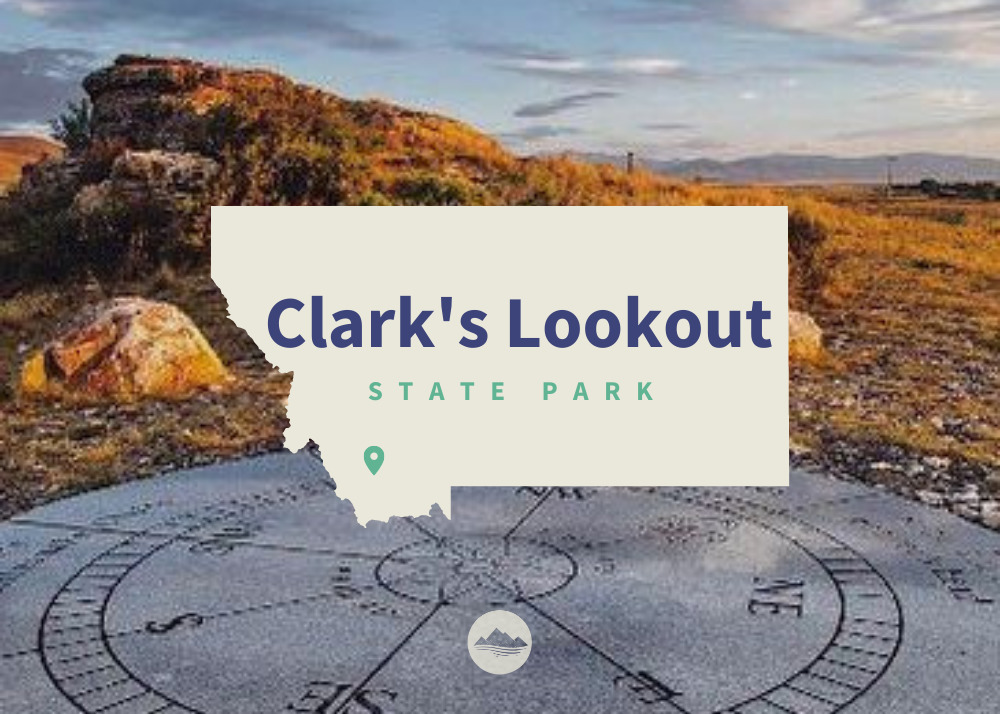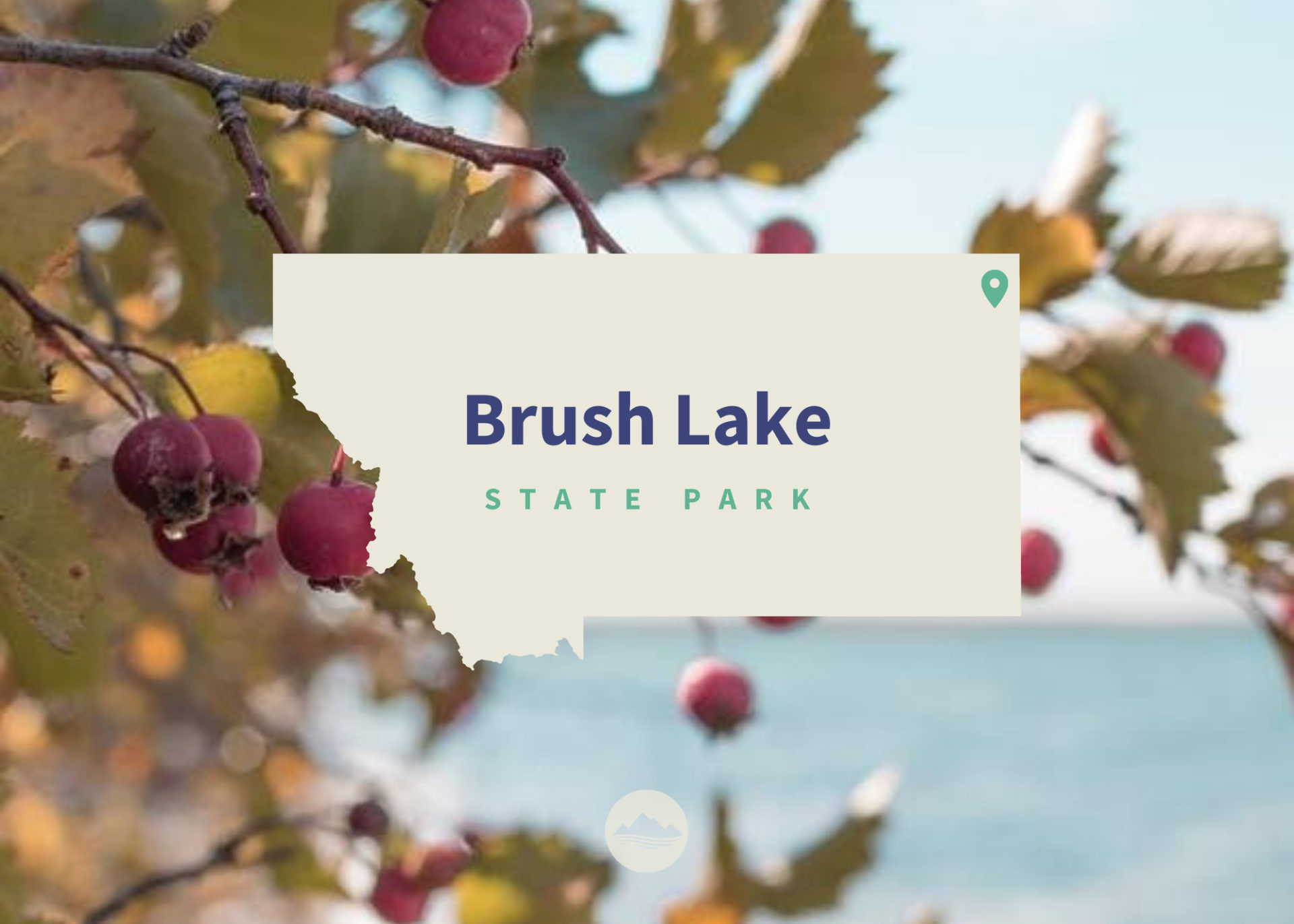Giant Springs State Park
Giant Springs State Park

Located just outside of Great Falls lies Giant Springs State Park.
Originally discovered by Lewis & Clark in 1805, Giant Springs is one of the largest freshwater springs in the country.
Come marvel at this day-use park's remarkable features and view the variety of birdlife. Take part in their special events, picnic by the Missouri River, visit the fish hatchery and visitor center, walk along the Rivers Edge Trail, view the nearby Rainbow Falls overlook, or visit the neighboring Lewis and Clark Interpretive Center operated by the U.S. Forest Service.
Things to do:
The spring flows at a rate of 156 million gallons of water per day and is always 54 degrees Fahrenheit! Multiple bridges cross the crystal clear water that makes up Giant Springs, allowing visitors to peer in and see the growing vegetation and even an occasional fish!
While you won’t find any camping at Giant Springs State Park, you won’t find the park lacking in activities! The Roe River (also found in Giant Springs State Park) was once listed in the Guinness Book for World Records as the world’s shortest river!
- Visit the fish hatchery and visitor center.
- Take a walk on the Rivers Edge Trail.
- Go on a hike along the many trails hugging the Missouri River.
- Take in the Rainbow Falls at the overlook.
- Visit the Lewis and Clark Interpretive Center, located nearby and operated by the U.S. Forest Service.
The water found in Giant Springs comes from the Madison Aquifer under the Little Belt Mountains. Because the water stays around 54 degrees year-round, Giant Springs State Park is great to visit regardless of the season!
In the winter, the steam rises off of the unfrozen water and birds flock around the warm water, while in the summer, the park is, on average, 20 degrees cooler than the nearby city of Great Falls.

Curious what other visitors have had to say about the park?

Park
DAY USE ONLY
Open all year
Sunrise - SunsetLocation
4803 Giant Springs Road Great Falls, MT 59405
Parks That Others Are Visiting
Giant Springs State Park Read More »




